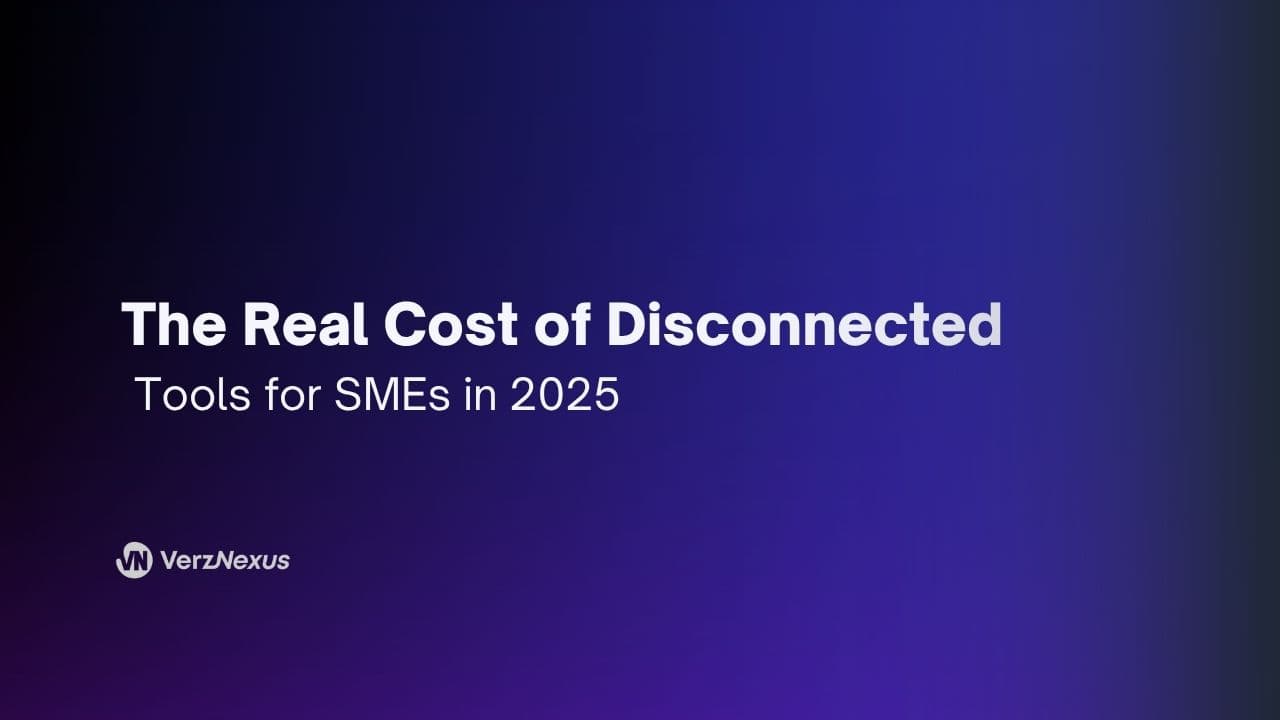Small and medium enterprises (SMEs) are turning to AI agents and automation to streamline their onboarding processes. With limited resources and rising competition, many SMEs see SME onboarding automation as a smart way to save time and create better employee experiences.
But to make it work, they need more than just good tools. They need the right strategy.
Why SMEs Have an Edge with Onboarding Automation
Unlike large corporations, SMEs can adapt faster and personalize onboarding more easily. This flexibility is a major strength. Studies show that 88% of companies struggle with inefficient onboarding. That opens up a real opportunity for smaller businesses to stand out.
By blending automation with their natural ability to create close-knit work cultures, SMEs can offer the best of both worlds. AI agents can guide new hires through their journey, answer questions at any time, and deliver tailored content without losing the human touch. This gives HR teams more time to focus on strategy rather than routine tasks.
Best Practices for Onboarding Automation
Step 1: Map Your Workflow
Before diving into SME onboarding automation, SMEs should review every step in their onboarding process. From the moment an offer is accepted to the employee’s first six months, document everything. This helps spot bottlenecks and highlight where HR automation will add the most value.
Step 2: Use Templates That You Can Customize
The best onboarding automation tools combine structure with flexibility. Platforms like Zapier help SMEs set up workflows that manage emails, assign tasks, and keep everyone in the loop. HubSpot also lets businesses create personalized email flows that adjust based on the new hire’s role or progress.
Step 3: Make Integration a Priority
One of the biggest mistakes SMEs make is using tools that don’t talk to each other. The goal should be a system where HR automation platforms, communication tools, and learning portals are all connected. This reduces manual updates and keeps everything in sync.
Real-World Wins from Onboarding Automation
A great example comes from a company using Make.com. They cut onboarding time by 50% and improved both accuracy and compliance. Their setup included automated onboarding processes like pre-boarding emails, digital document collection, and chatbot support for quick answers.
Another case involved HubSpot. By using its User Objects feature, one company created custom onboarding automation experiences for different teams. Sales hires received different training than marketing, all triggered automatically without added work from HR automation teams.
Pitfalls to Watch Out For
Relying Too Much on Automation
SME onboarding automation can boost performance by 18% and improve retention by 16%. But it should never replace personal interactions. New hires still want to meet their managers and feel welcomed by their teams. A balance of tech and human touch works best.
Skipping Employee Feedback
Onboarding automation systems need to be tested with real users. If they feel clunky or impersonal, they can frustrate rather than help. Start with a small group, gather feedback, and make improvements before rolling it out across the team.
Overlooking Change Management
Any new HR automation system brings change. Without explaining the benefits clearly and training HR and managers, even the best tools can fall flat. Communication and support during rollout are essential.
Not Testing Enough
Skipping testing can lead to errors that affect your new employees’ first impression. SMEs should always test their onboarding workflows thoroughly and keep an eye on performance to catch issues early.
For comprehensive automation strategies, refer to our guide on Build, Deploy, and Repeat methodologies.
Measuring Success and ROI
Done right, onboarding automation can bring big results. Recent research shows that companies with effective onboarding processes see up to 50% higher new hire retention and productivity.
Employees who experience exceptional HR automation during onboarding are 2.6 times more likely to be satisfied in their roles, and 69% are likely to stay with the company for three years or more. To ensure onboarding automation success, set clear goals before launching your program and measure outcomes regularly to drive continuous improvement.
Conclusion
SMEs can successfully implement onboarding automation by focusing on workflow mapping, maintaining human connections, and avoiding common pitfalls like over-automation and poor integration. The key is starting small, measuring results, and iterating based on employee feedback. With careful planning and execution, SME onboarding automation can provide a competitive advantage in attracting and retaining talent.
FAQs
What is the smallest team size that can benefit from onboarding automation?
Even teams of 5 to 10 can benefit. Automating tasks like document collection and welcome emails makes a difference with SME onboarding automation.
How much does it cost to get started?
Basic tools like Zapier or HubSpot’s free HR automation workflows start under $100 per month. They’re great for early-stage teams.
Can automation work for remote teams?
Yes. In fact, onboarding automation helps ensure remote employees get a consistent experience, no matter where they are.
How long does setup take?
Basic onboarding systems can be live in 2 to 4 weeks. Full optimization usually takes 2 to 3 months.
What if employees don’t like the new system?
Involve them in the process early. Show them how AI agents and HR automation reduce admin work and make their onboarding processes smoother.



